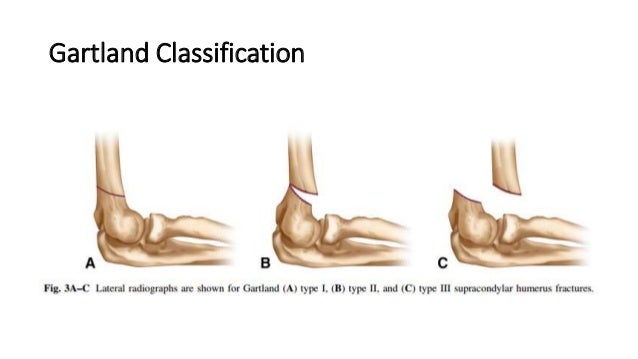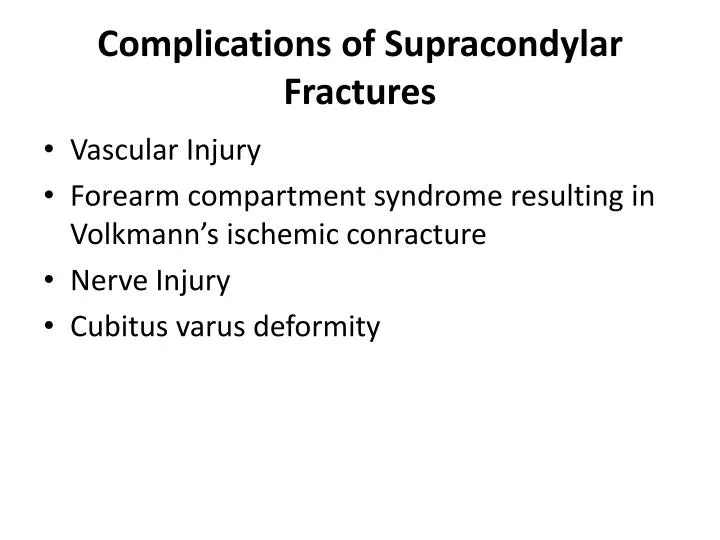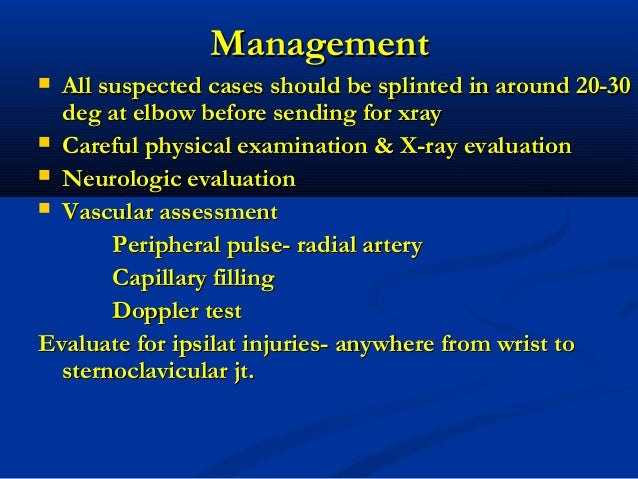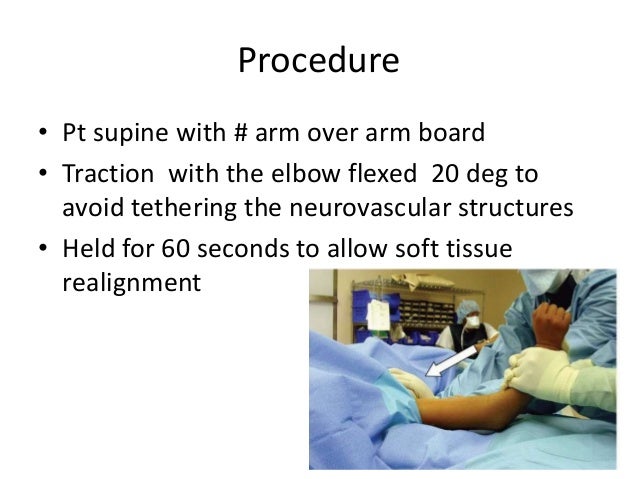INTRODUCTION ;
A supracondylar humerus fracture is a fracture of the distal humerus just above the elbow joint. The fracture is usually transverse or oblique and above the medial and lateral condyles and epicondyles. This fracture pattern is relatively rare in adults, but is the most common type of elbow fracture in children. In children, many of these fractures are non-displaced and can be treated with casting. Some are angulated or displaced and are best treated with surgery. In children, most of these fractures can be treated effectively with expectation for full recovery.

Mechanism of injury
Extension type of supracondylar humerus fractures typically result from a fall on to an outstretched hand
usually leading to a forced hyperextension of the elbow.
The olecranon acts as a fulcrum which focuses the stress on distal humerus (supracondylar area,
predisposing the distal humerus to fracture.
The supracondylar area undergoes remodeling at the age of 6 to 7, making this area thin and prone to fractures
Important arteries and nerves ( median nerve, radial nerve, brachial artery, and ulnar nerve) are located at the supracondylar area and can give rise to complications if these structures are injured.
Most vulnerable structure to get damaged is Median Nerve.
Meanwhile, the flexion-type of supracondylar humerus fracture is less common. It occurs by falling on the point of the elbow, or falling with the arm twisted behind the back.
This causes anterior dislocation of the proximal fragment of the humerus.
INVESTICATION
⦁ x ray
⦁ CT scan
⦁ MRI
⦁ etc.,
COMPLICATION

MANAGEMENT

SURGICAL MANAGEMENT

PT MANAGEMENT

No comments:
Post a Comment